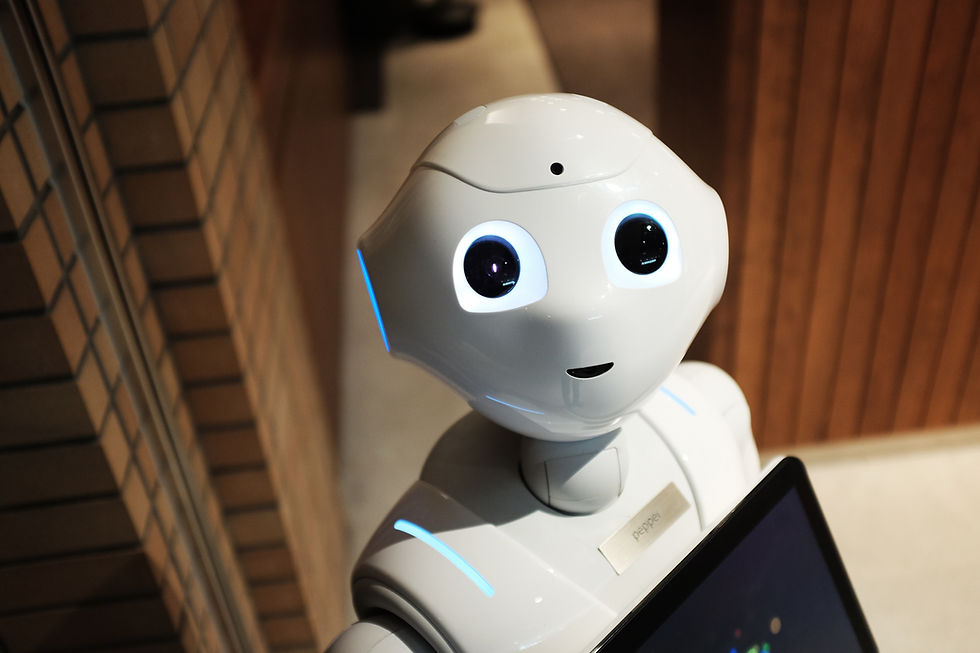Machine learning and artificial intelligence (AI) have had a significant impact on technical analysis, transforming the way traders and investors analyze financial markets. Here are some key ways in which machine learning and AI have influenced technical analysis:
Pattern Recognition and Predictive Modeling: Machine learning algorithms excel at recognizing complex patterns in historical price data. Traders can use these algorithms to identify chart patterns, trends, and other indicators that may not be apparent to the human eye. AI can also be applied to predictive modeling, helping traders forecast price movements more accurately.
Automated Trading Strategies: Machine learning enables the development of sophisticated automated trading strategies. Traders can build algorithms that automatically execute trades based on predefined criteria, eliminating emotional biases and enabling faster execution.
Sentiment Analysis: AI-powered sentiment analysis can help gauge market sentiment by analyzing large volumes of news articles, social media posts, and other textual data. This information can be incorporated into technical analysis to better understand the prevailing sentiment and its potential impact on asset prices.
Portfolio Optimization: Machine learning techniques can assist traders and portfolio managers in optimizing their portfolios based on various risk and return metrics. AI algorithms can recommend asset allocations and risk management strategies that align with an individual's investment objectives.
Risk Management: AI can aid in risk management by analyzing historical market data and identifying potential risks in trading strategies. This helps traders in making more informed decisions and managing risk exposure effectively.
Market Anomaly Detection: Machine learning algorithms can identify unusual market behavior or anomalies that might not be evident through traditional technical analysis methods. Detecting anomalies can help traders identify potential market manipulation or unusual events that may impact prices.
High-Frequency Trading (HFT): HFT firms often employ advanced machine learning algorithms to analyze market data and execute trades at lightning-fast speeds. These algorithms capitalize on small price discrepancies, making HFT a highly competitive field.
News-Based Trading: AI can process news events and instantly assess their potential impact on financial markets. Traders can use sentiment analysis on news articles and press releases to gain insights into how specific news affects asset prices.
Reinforcement Learning for Trading Strategies: Reinforcement learning algorithms allow an AI agent to learn from interacting with an environment (i.e., the market). Traders can use these algorithms to optimize trading strategies dynamically based on real-time feedback.
Deep Learning for Time Series Analysis: Deep learning architectures, such as recurrent neural networks (RNNs) and long short-term memory (LSTM) networks, are powerful tools for analyzing time-series data, making them valuable for technical analysis.

Overall, machine learning and AI have expanded the scope and efficiency of technical analysis, empowering traders with new tools and insights to make more informed and data-driven decisions in the financial markets. However, it's essential to recognize that while AI and machine learning offer many benefits, they are not a guarantee of success, and careful validation and monitoring of algorithms are crucial to ensure their effectiveness and reliability.

Comments